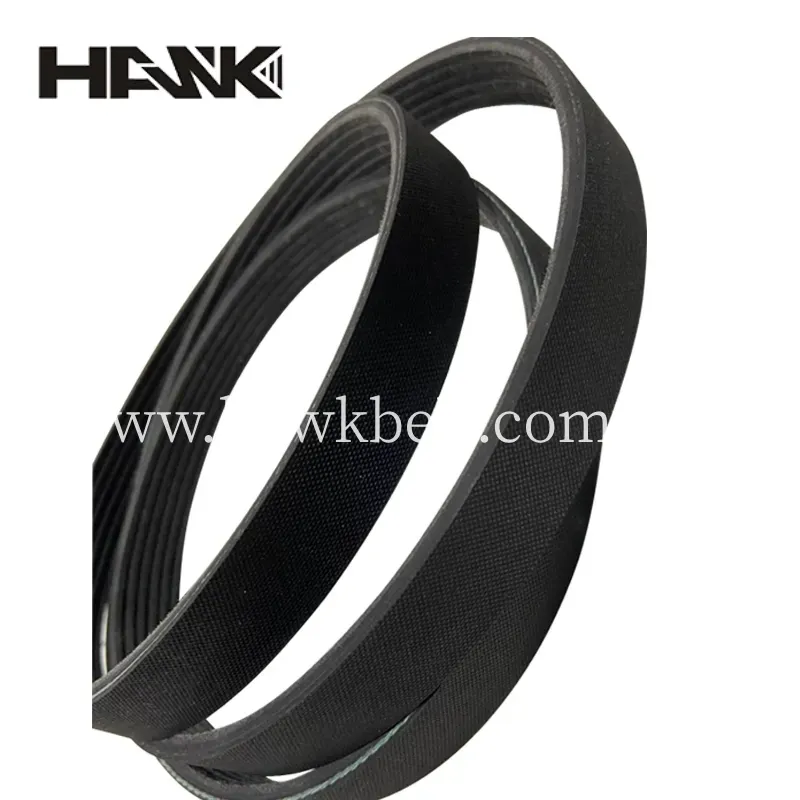- Arabic
- French
- Russian
- Spanish
- Portuguese
- Turkish
- Armenian
- English
- Albanian
- Amharic
- Azerbaijani
- Basque
- Belarusian
- Bengali
- Bosnian
- Bulgarian
- Catalan
- Cebuano
- Corsican
- Croatian
- Czech
- Danish
- Dutch
- Afrikaans
- Esperanto
- Estonian
- Finnish
- Frisian
- Galician
- Georgian
- German
- Greek
- Gujarati
- Haitian Creole
- hausa
- hawaiian
- Hebrew
- Hindi
- Miao
- Hungarian
- Icelandic
- igbo
- Indonesian
- irish
- Italian
- Japanese
- Javanese
- Kannada
- kazakh
- Khmer
- Rwandese
- Korean
- Kurdish
- Kyrgyz
- Lao
- Latin
- Latvian
- Lithuanian
- Luxembourgish
- Macedonian
- Malgashi
- Malay
- Malayalam
- Maltese
- Maori
- Marathi
- Mongolian
- Myanmar
- Nepali
- Norwegian
- Norwegian
- Occitan
- Pashto
- Persian
- Polish
- Punjabi
- Romanian
- Samoan
- Scottish Gaelic
- Serbian
- Sesotho
- Shona
- Sindhi
- Sinhala
- Slovak
- Slovenian
- Somali
- Sundanese
- Swahili
- Swedish
- Tagalog
- Tajik
- Tamil
- Tatar
- Telugu
- Thai
- Turkmen
- Ukrainian
- Urdu
- Uighur
- Uzbek
- Vietnamese
- Welsh
- Bantu
- Yiddish
- Yoruba
- Zulu
paź . 16, 2024 01:29 Back to list
Understanding Timing Belts and Their Importance in Engine Performance and Maintenance
Understanding Timing Belts A Crucial Component in Automotive Engineering
Timing belts are integral to the functioning of internal combustion engines, serving a critical role in synchronizing the rotation of the crankshaft and camshaft. This synchronization ensures that the engine's valves open and close at the correct times in relation to the position of the pistons, leading to optimal operation and efficiency. In this article, we will delve into the significance of timing belts, their construction, maintenance, and common issues that can arise.
What is a Timing Belt?
A timing belt is a reinforced rubber belt with high tensile strength fibers, designed to withstand the engine's specific load and tension. It features teeth on the inner side that mesh with the sprockets of the crankshaft and camshaft. Timing belts are preferred over gears due to their lightweight nature, reduced noise, and flexibility in accommodating slight misalignments in the engine's components.
The Importance of Timing Belts
The primary function of a timing belt is to maintain synchronization within the engine's mechanics. If the crankshaft and camshaft become misaligned, it can lead to catastrophic engine failure, often referred to as a timing belt failure. A failure can result in the pistons colliding with the valves, causing extensive damage that can be costly to repair. Thus, understanding the importance of a timing belt is crucial for vehicle maintenance and performance.
Common Materials Used
timing belt pdf

Timing belts are typically made from high-performance materials, including synthetic rubber, fiberglass, and nylon. The outer layer of the belt is often coated with a protective compound that shields it from wear and environmental factors like oil and heat. This construction aims to provide longevity and reliability, with many timing belts designed to last between 60,000 to 100,000 miles, depending on the vehicle manufacturer’s specifications.
Maintenance and Replacement
Regular maintenance is essential to prevent timing belt failure. Vehicle owners should consult their owner's manual to follow the manufacturer’s recommended replacement interval. Signs that the timing belt may need replacing include unusual noise from the engine (like whining or grinding), visible wear or cracks on the belt, and engine misfires. If a timing belt is due for replacement, it’s advisable to also replace the water pump and any tensioners at the same time, as these components work in unison to maintain belt tension and cooling efficiency.
Consequences of Ignoring Timing Belt Issues
Ignoring the signs of a failing timing belt can lead to expensive repairs. In addition to the potential for significant engine damage, a broken timing belt can leave you stranded and require towing services. In some cases, a complete engine replacement may become necessary, leading to a staggering cost that could have been avoided with timely maintenance.
Conclusion
Understanding the role and maintenance of a timing belt is essential for automotive enthusiasts and everyday drivers alike. As a crucial component in an engine’s functionality, ensuring the timing belt is in good condition can protect against engine damage and enhance vehicle performance. Regular inspections, adhering to replacement schedules, and being aware of the symptoms of wear can keep your engine running smoothly for years to come. After all, in the realm of automotive engineering, timing is everything, and neglecting the timing belt could cost you dearly. Investing in proper maintenance not only prolongs the life of your vehicle but also ensures a safer and more reliable driving experience.
-
Korean Auto Parts Timing Belt 24312-37500 For Hyundai/Kia
NewsMar.07,2025
-
7PK2300 90916-T2024 RIBBED BELT POLY V BELT PK BELT
NewsMar.07,2025
-
Chinese Auto Belt Factory 310-2M-22 For BMW/Mercedes-Benz
NewsMar.07,2025
-
Chinese Auto Belt Factory 310-2M-22 For BMW/Mercedes-Benz
NewsMar.07,2025
-
90916-02660 PK Belt 6PK1680 For Toyota
NewsMar.07,2025
-
drive belt serpentine belt
NewsMar.07,2025

